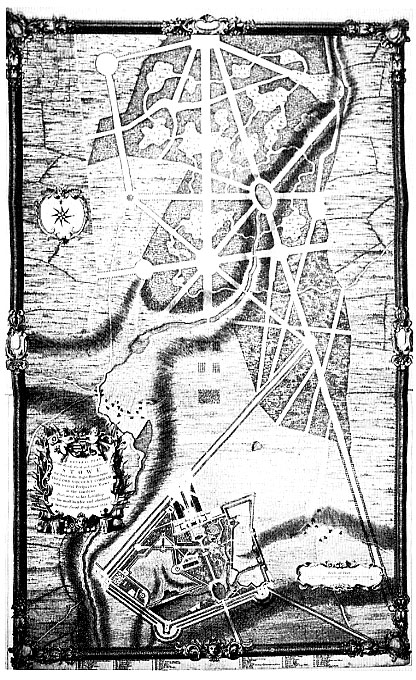I promised to take you on a tour of an English shrubbery, as Kim Wilson describes it in her beautiful book In the Garden with Jane Austen. (Please see my last post if you want more information about the book.)

The English garden was built to be experienced by walking through it and discovering surprising elements--vistas, benches, follies, grottoes, etc.

The English garden was built to be experienced by walking through it and discovering surprising elements--vistas, benches, follies, grottoes, etc.
For now, just imagine that you are a Regency heroine, and you are spending time at your family’s great country estate. You’d like the health benefits of a daily constitutional, but it’s rained recently and the countryside has turned into a muddy quagmire (channel Keira Knightly as Elizabeth trapsing through the mud to see her sick sister Jane at Bingley’s estate) You don’t dare get wet, knowing that wet feet could kill a person, especially a woman with her flimsy shoes and (arguably) more fragile constitution. What to do?

Garden path in a Regency shrubbery.
Well, the architect of your estate has done something just for you. He (she?—I hope there were some “she” architects) has created for you the shrubbery, that fantastic, carefully arranged walk that will lead you through a variety of carefully arranged gardens, trees, shrubs, all with quick-draining gravel and long enough for you to get some real exercise. (It was a great relief for me to learn that there actually was “gravel” back then. I get tired of writing about cobblestones. :) )
These walks were sometimes wide enough to accommodate three people astride. Wilson Elizabeth
“...each walk should lead to a particular Object; to the orchard, kitchen garden, botanical borders, green-house, dairy, ice-house, mushroom-hut, aviary, poultry-yard, or stables. The intention of the plantation should seem to be, to conduct the walker in the most agreeable manner to each outlet and building of utility or pleasure.”

Look how extensive the original plan of Stowe Garden (Buckinghamshire, England) was in 1739.

This is a color plate from a book called Observations on Modern Gardening, and Laying Out Pleasure-Grounds, Parks, Ridings, etc. by Horace, Earl of Orford, and ornamented with plates chiefly designed by Mr. Wollet.

This is a German estate (Rastatt Favorite Palace) but it has an English garden.

Stowe Gardens, designed by William Kent.

Two more of Stowe, above and below.

A shrubbery could be open, i.e., planted on one side, or closed, (on both). Of course, the closed kind is far more beneficial for everything secretive your heroine must do on her socially acceptable walk, since the shrubbery will give her ample opportunity to get as close to your hero as you’d like.
The aesthetics of the plantings in the shrubbery were important. Garden books at the time suggested planting various shades of green and flowers that would bloom in succession so that the blooms would always be plentiful. Groupings of plants were preferred to planting flowers at regularly spaced intervals, because the later would look, per Sylvia Florifera, like “beaux and belles standing up for a quadrille or country dance.”

This is a watercolor of Sheringham Hall in Norfolk, designed by the premier landscaper of 18th century England, Sir Humphrey Repton (1752-1818). He considered the landscaping of this estate his finest work.
This is Bramham Park, Yorkshire. The picture shows an example of the English Forest style from the early 1700's, with avenues and extensive plantings of forest trees.
So there you have it, and not a weed in sight. :)


Great Posts and Great pics, Miranda!!
ReplyDelete